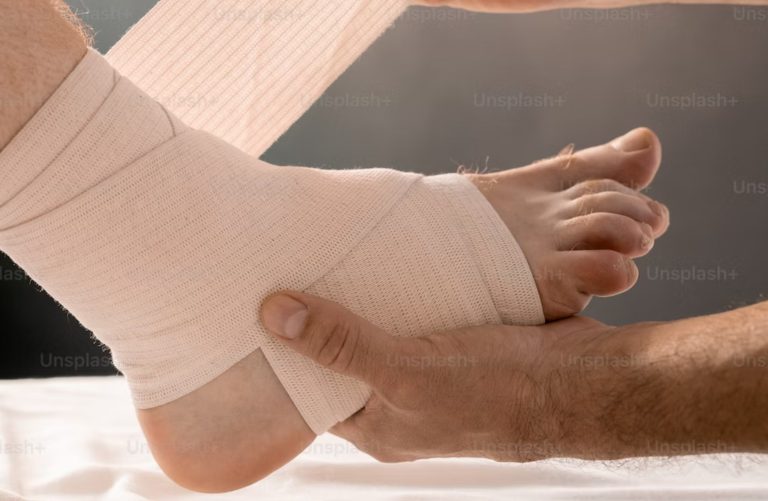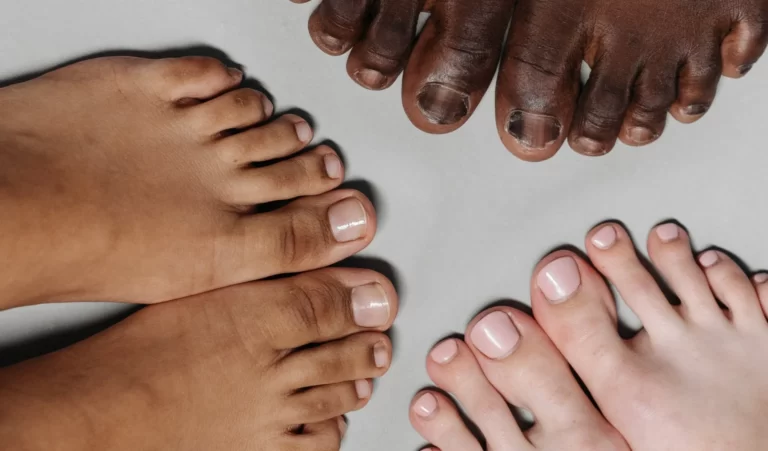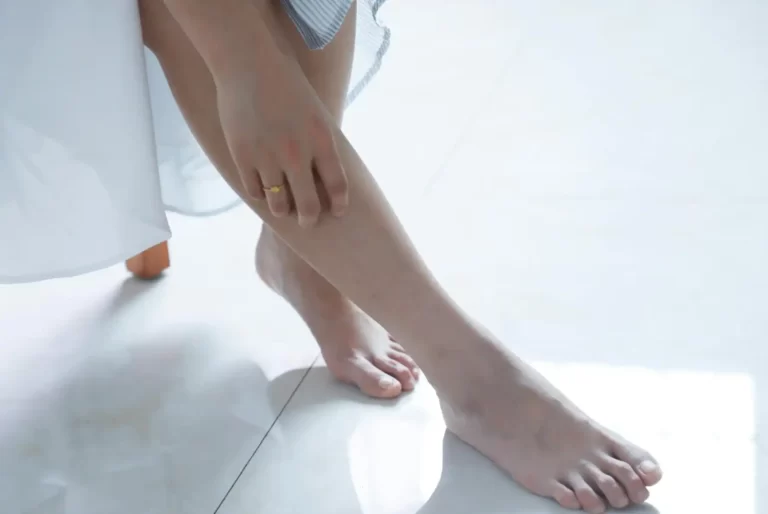Alleviate Foot Fatigue: Tips for Comfortable Strides
Did you know that on average, Americans take about 3,000 to 4,000 steps a day? That’s equivalent to daily walking between one and two miles! Despite the modest distance, many of us experience foot fatigue, a condition that impacts both active and sedentary individuals alike.
Whether it’s spending long hours on our feet or sitting down for extended periods, our feet often bear the brunt, resulting in discomfort that can range from mild soreness to severe pain. But don’t worry! We can take proactive steps to reduce foot pain and enjoy more comfortable walking.
From choosing the right footwear to adopting thoughtful foot care practices, engaging in regular stretching exercises, and even incorporating foot massages, there are numerous strategies to help prevent foot soreness and maintain healthy, happy feet. This comprehensive guide aims to empower you with all the essential tips and tricks to alleviate foot fatigue and enhance your daily comfort.
Understanding Foot Fatigue
The American Podiatric Medical Association states that the primary causes of foot fatigue stem from overworked muscles and tendons in our feet, which frequently result from excessive standing or walking. When these muscles are pushed beyond their limits, the ensuing discomfort is almost unavoidable.
As reported by the National Library of Medicine, initial foot pain symptoms such as aching, swelling, and cramping are clear indicators of foot fatigue. These symptoms are the body’s way of signaling that our feet need proper rest and care.
“Ignoring these early signs can lead to more severe issues,” warns the Mayo Clinic.
The impact of foot fatigue goes beyond just discomfort. According to the Mayo Clinic, untreated foot fatigue can significantly reduce mobility, increase the risk of falls, and exacerbate symptoms over time. This highlights the importance of acknowledging and addressing the causes of foot fatigue early on.
To better understand these factors and symptoms, here’s a concise breakdown:
| Source | Key Points |
|---|---|
| American Podiatric Medical Association | Overworked muscles and tendons due to excessive standing or walking |
| National Library of Medicine | Aching, swelling, and cramping as initial foot pain symptoms |
| Mayo Clinic | Reduced mobility, increased fall risk, and worsening symptoms |
This comprehensive understanding of the causes of foot fatigue and associated symptoms compels us to be proactive about our foot health, ensuring that we step forward comfortably and healthily every day.
Choosing the Right Footwear
When it comes to maintaining healthy feet, selecting the right footwear is crucial. Making the right choices can help us avoid discomfort and long-term foot problems. Experts from the American Orthopaedic Foot & Ankle Society emphasize that wearing shoes with adequate arch support, cushioning, and flexible soles are essential for daily use.
Features of Comfortable Shoes
To find the best shoes for foot support, we need to look for several key features. These include:
| Feature | Description |
|---|---|
| Arch Support | Helps distribute pressure evenly and supports the foot’s natural shape. |
| Cushioning | Provides shock absorption and reduces impact stress on the feet. |
| Flexible Sole | Allows natural foot movement and enhances comfort during walking. |
By opting for ergonomic shoes, we can greatly enhance our walking experience and prevent foot fatigue.
Styles to Avoid
On the flip side, there are certain footwear mistakes we should steer clear of. Experts from Harvard Health Publishing advise against using high heels and pointed-toe shoes regularly, as they can lead to foot pain and deformities. Additionally, podiatrists often warn against wearing flat shoes without support, tight shoes, and shoes with hard soles.
Avoiding these troublesome styles will help us keep our feet healthy and comfortable in the long run.
Proper Foot Care and Hygiene
Proper foot care and hygiene are essential for maintaining healthy, comfortable feet. By following a consistent daily routine and using high-quality products, we can prevent common foot problems and keep our feet looking and feeling their best. Let’s dive into the key components of effective foot care and the importance of moisturizing.
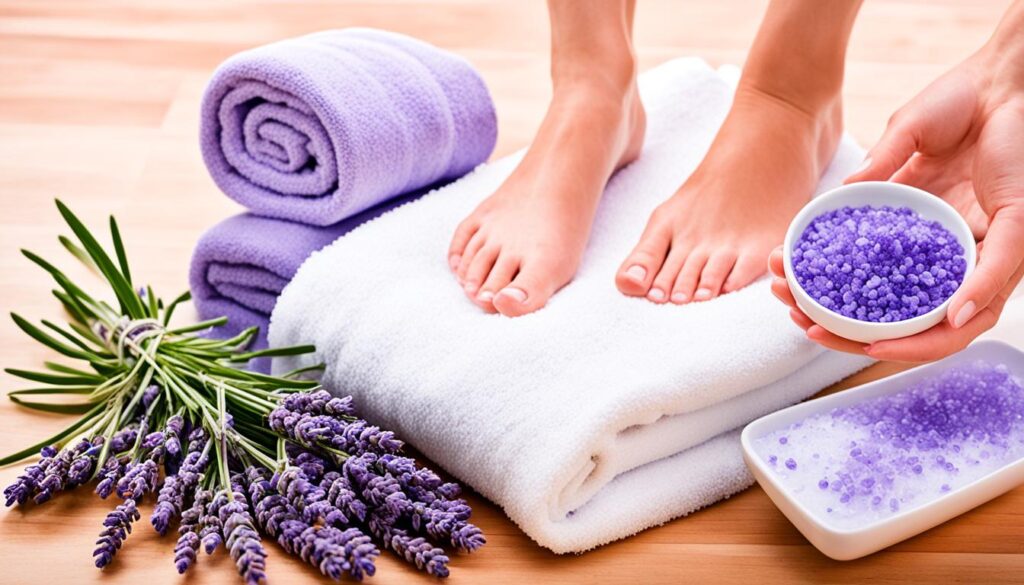
Daily Foot Care Routine
Adopting regular foot hygiene practices is crucial for preventing infections and promoting overall foot health. The American Academy of Dermatology recommends washing our feet daily with soap and water, ensuring we thoroughly dry them to keep moisture at bay. This simple act helps to prevent fungal infections, which thrive in damp conditions. Additionally, regular toenail trimming and gentle exfoliation of dry skin are vital parts of our daily foot care tips, as advised by the Institute for Preventive Foot Health. Keeping our toenails trimmed and skin smooth can prevent discomfort and other foot issues.
Importance of Moisturizing
The benefits of moisturizing our feet daily cannot be overstated. Podiatrists advocate for using a high-quality moisturizer to maintain skin elasticity and prevent cracks. This step in our foot care routine ensures our feet remain soft and healthy. The foot moisturizing benefits extend beyond mere aesthetics; they play a vital role in protecting our feet from dryness and irritation, reducing the risk of painful cracks and infections. By incorporating these practices into our routine, we can enjoy healthier, more resilient feet.
| Foot Care Steps | Benefits |
|---|---|
| Washing daily with soap and water | Prevents fungal infections |
| Thoroughly drying feet | Reduces moisture buildup |
| Regular toenail trimming | Prevents discomfort and infection |
| Gentle exfoliation | Removes dead skin, keeping feet smooth |
| Daily moisturizing | Maintains elasticity, prevents cracks |
Effective Stretching Exercises
Incorporating stretching exercises into our daily routine can significantly improve foot health. Understanding and practicing the right foot stretching techniques helps alleviate foot fatigue and maintain flexibility.
Simple Morning Stretches
Starting the day with some easy foot exercises can set a positive tone for the rest of the day. Physical therapists from the American Physical Therapy Association recommend the following:
- Toe Points: Stretch your toes by pointing them outward and holding for 10 seconds.
- Heel Raises: Stand up and slowly rise on your toes, then lower your heels back to the floor.
- Ankle Circles: Rotate each foot in circular motions, ensuring that both clockwise and counter-clockwise movements are included.
Stretching During Work
Fitting stretches into our workday helps counteract the negative effects of prolonged sitting or standing. The American Council on Exercise suggests quick and discreet exercises like these:
- Toe Curls: Sit at your desk and curl your toes for five seconds, then release.
- Foot Doming: Lift the arch of your foot while keeping your toes and heel on the ground.
| Exercise | Execution | Benefits |
|---|---|---|
| Toe Points | Point toes outward and hold | Increases flexibility of toes |
| Heel Raises | Raise heels up and lower them | Strengthens calf muscles |
| Ankle Circles | Rotate foot in circles | Improves ankle flexibility |
| Toe Curls | Curl and release toes | Strengthens toe muscles |
| Foot Doming | Lift the arch with heel and toes on floor | Strengthens foot muscles |
Practicing these foot stretching techniques regularly will enhance workplace foot care and overall foot health. By making these easy foot exercises a part of our daily routine, we can prevent discomfort and enjoy more comfortable strides.
Incorporating Foot Massages
When we consider methods to enhance our overall foot health, incorporating regular foot massages is highly effective. One of the primary foot massage benefits is its ability to improve blood circulation in the feet, which can be particularly beneficial for those who spend a lot of time standing or walking. As research from the Touch Research Institute suggests, consistent foot massages can help relieve foot tension, making our daily activities more comfortable.
Self-foot massage techniques don’t require professional skills or expensive tools. According to the American Massage Therapy Association, simple methods such as using a tennis ball to roll under the foot can provide significant relief. This technique targets key pressure points, easing tension and reducing the strain on overworked muscles.
Another effective self-foot massage technique involves using our hands to apply gentle pressure to different areas of the feet. This can be done while sitting comfortably, ensuring we are focusing on areas that feel particularly tense or sore. The goal is to achieve a balance between relaxation and stimulation, allowing us to fully benefit from the massage.
Regular foot massages not only help relieve foot tension but also play a pivotal role in reducing the symptoms of foot fatigue. By incorporating these simple yet highly effective methods into our routine, we can enhance our overall foot wellness, paving the way for more comfortable and enjoyable daily activities.
Supportive Insoles and Orthotics
Maintaining foot health is crucial, and incorporating supportive insoles and orthotics into our footwear can make a significant difference in comfort and functionality. Let’s explore the numerous advantages and how to choose the right orthotics for our needs.
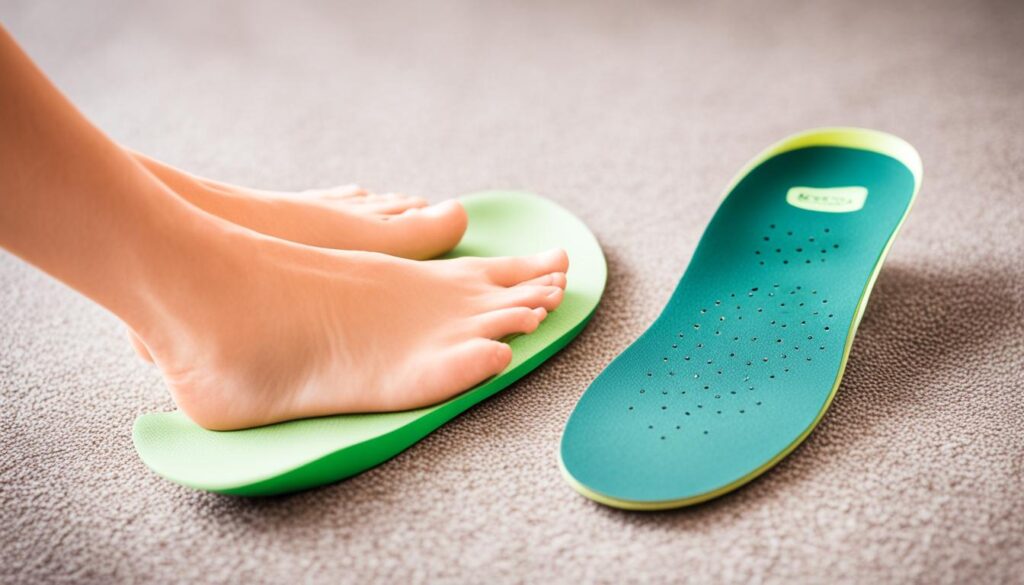
Benefits of Insoles
Shoe insoles for comfort provide essential cushioning and support, helping to alleviate foot fatigue. According to the American College of Foot and Ankle Orthopedics & Medicine, they can distribute pressure more evenly across the foot, reducing the stress on specific areas and minimizing the risk of injuries.
By adding an extra layer of comfort, insoles can enhance the overall walking experience, making daily activities less strenuous and more pleasant. They also assist in maintaining proper foot alignment, which is vital for preventing long-term issues.
How to Choose the Right Orthotics
Selecting orthotic support is an important step in ensuring optimal foot health. Custom orthotics advantages include personalized support tailored to our specific foot structure and condition, addressing individual foot problems more effectively. Podiatrists often recommend custom orthotics for their ability to correct foot alignment issues and provide targeted relief.
When choosing orthotics, consider factors such as arch type, the specific condition being treated, and the type of footwear in which they will be used. Consulting with a specialist can provide valuable insights and help find the perfect match for our needs.
| Type of Orthotic | Advantages | Uses |
|---|---|---|
| Prefabricated | Cost-effective, readily available | General support, mild conditions |
| Custom | Personalized fit, addresses specific issues | Severe conditions, precise alignment correction |
By integrating the right orthotics into our daily footwear, we can significantly improve our comfort and foot health, making every step a pleasure.
Healthy Lifestyle Choices
The health of our feet often mirrors the overall well-being of our body. Weight management for foot health is crucial, as excess weight can place enormous strain on our feet, leading to conditions such as plantar fasciitis and chronic heel pain. According to the National Institute of Diabetes and Digestive and Kidney Diseases, maintaining a healthy weight is essential for reducing foot strain and preventing fatigue.
A balanced diet, rich in essential nutrients, complements weight management and plays an pivotal role in foot health. The Academy of Nutrition and Dietetics emphasizes the importance of nutritional choices for maintaining healthy bones and muscles in the feet. Adequate intake of calcium, vitamin D, and proteins contributes significantly to bone density and muscle strength, minimizing the risk of injuries and fatigue.
Moreover, the exercise impact on feet cannot be underestimated. Consistent physical activity strengthens foot muscles and enhances overall stability. The American Council on Exercise recommends a regular exercise regimen that includes activities like walking, stretching, and strength training to support foot health. Such exercises not only empower the feet but also promote cardiovascular health and overall physical fitness.
By focusing on weight management for foot health, making informed nutritional choices, and understanding the exercise impact on feet, we can greatly enhance our foot health and lead a more active and comfortable lifestyle.
When to Seek Professional Help
While many cases of foot fatigue can be managed at home, there are times when a professional’s expertise is necessary to ensure proper treatment and recovery. It’s crucial to recognize and address symptoms early to prevent further complications.
Signs You Need a Podiatrist
According to the American Podiatric Medical Association, some key indicators that warrant a podiatrist consultation include persistent pain that doesn’t improve with rest or home remedies, noticeable changes in foot structure, and difficulty in performing daily activities. If these symptoms are present, seeking advice from a specialist in podiatry services can provide accurate diagnosis and targeted treatment plans.
Types of Treatments Available
Podiatrists offer a range of foot fatigue treatments tailored to the patient’s specific needs. Treatment options can include physical therapy, which focuses on strengthening foot muscles and enhancing flexibility. Customized shoe inserts may also be prescribed to provide additional support and cushioning.
Other common treatments available through podiatry services include medication to reduce inflammation and manage pain. In severe cases, surgical interventions might be necessary to correct structural issues or relieve chronic discomfort. Consulting with a podiatrist ensures that the most appropriate and effective foot fatigue treatments are implemented, promoting better long-term foot health.
Conclusion
In our journey to enhance foot wellness, we’ve uncovered a myriad of strategies for combating foot fatigue. From the foundation of selecting the right footwear to practicing proper foot care, every step we take is crucial in maintaining healthy and comfortable feet. Incorporating stretching exercises into our daily routine, indulging in regular foot massages, and utilizing supportive insoles or orthotics can significantly improve our foot health.
It is essential to recognize the broader picture, acknowledging how our lifestyle choices impact our foot health. By managing our weight, following a nutritious diet, and engaging in regular exercise, we can prevent strain and keep our feet in top condition. These foot health strategies not only alleviate discomfort but also contribute to our overall well-being.
As we wrap up, let’s remember the signs indicating when professional assistance is necessary. Persistent pain or structural changes in our feet should prompt us to seek help from a podiatrist. By being proactive and adopting these insightful tips, we can take confident strides towards a more comfortable and active lifestyle, ensuring our feet remain in excellent shape for years to come.


